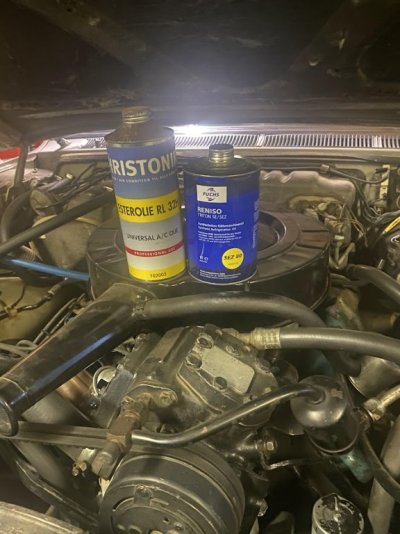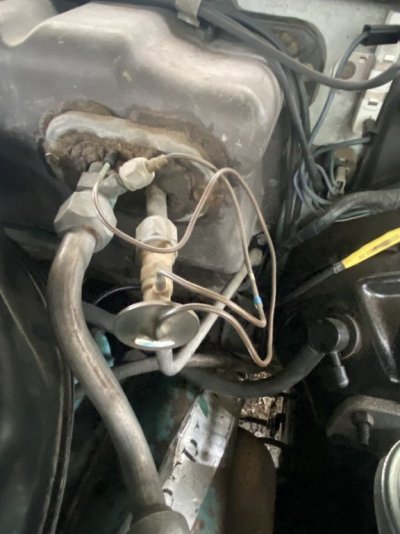patinated_imperial
Member
Last year when I changed the manifold gasket in my '66 Imperial, I made sure to tilt and drain the compressor from the old mineral oil (I THINK it was the original oil - looked like espresso). It's the original RV2.
Now I want to re-fill it with ester oil (for compatibility with R134a etc.). I have 2 unopened bottles of ester oil. One with viscosity ISO VG 32 and one with ISO VG 80. I believe I bought the latter for this compressor, but I no longer remember exactly why and can't find my notes.
Which one is best suited for the RV2?

Now I want to re-fill it with ester oil (for compatibility with R134a etc.). I have 2 unopened bottles of ester oil. One with viscosity ISO VG 32 and one with ISO VG 80. I believe I bought the latter for this compressor, but I no longer remember exactly why and can't find my notes.
Which one is best suited for the RV2?



















